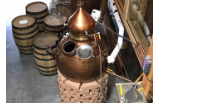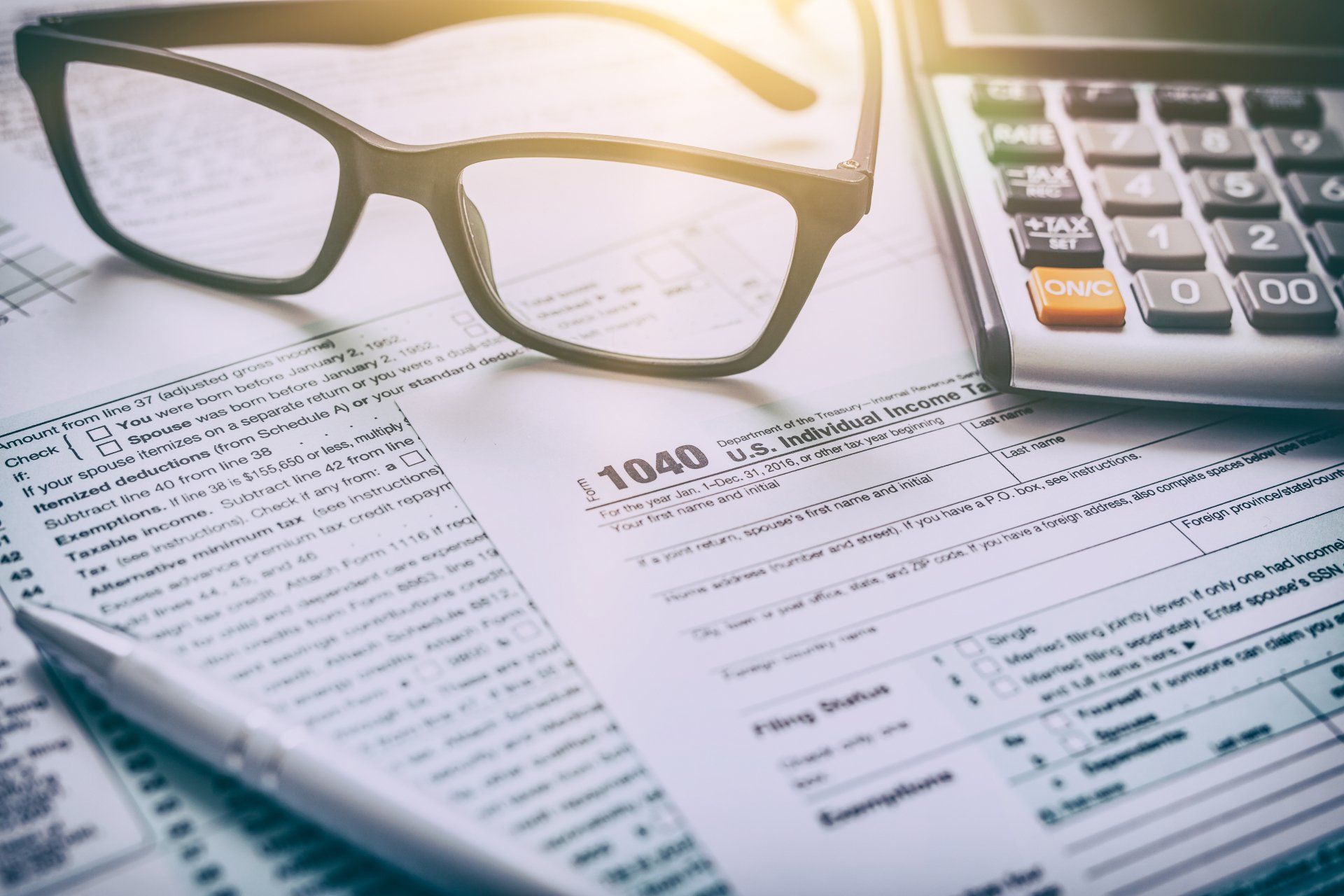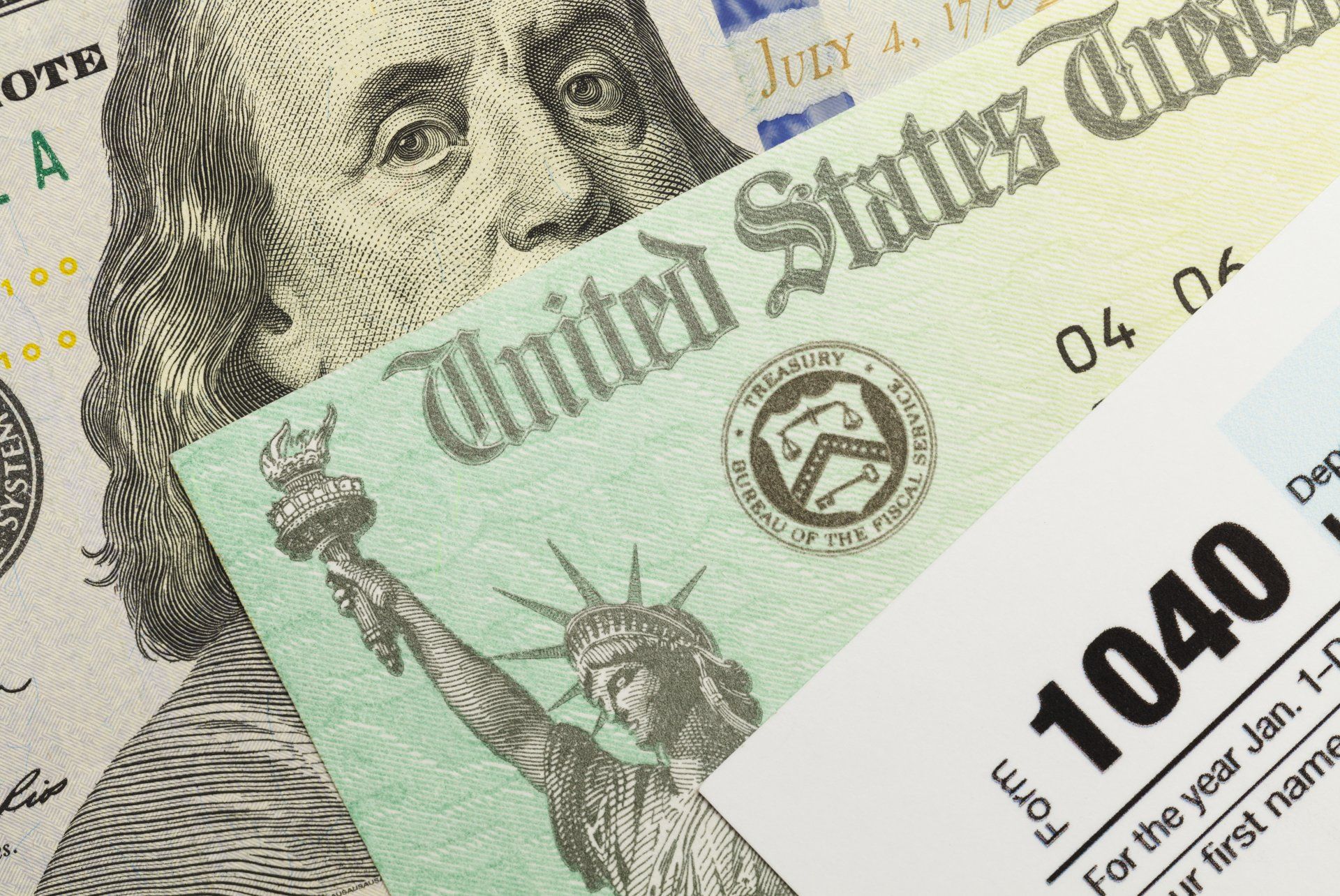Qualified Opportunity Zones and Form 8996

by Gregory S. Dowell
February 11, 2019
A relatively quiet provision in the Tax Cuts and Jobs Act (TCJA) created “qualified opportunity zones” in certain designated low-income communities. Investors in Qualified Opportunity Funds (QOFs), which invest in these qualified opportunity zones, are allowed certain tax advantages for investing in these communities. Internal Revenue Code section 1400Z-2 provides for a temporary deferral of inclusion in gross income for capital gains reinvested in a QOF and the permanent exclusion of capital gains from the sale or exchange of an investment in the QOF. A QOF is, generally, an investment vehicle organized as a corporation or a partnership for the purpose of investing in qualified opportunity zone property (other than another QOF), that holds at least 90% of its assets in qualified opportunity zone property. Qualified opportunity zone property includes any qualified opportunity zone stock, any qualified opportunity zone partnership interest, and any qualified opportunity zone business property.
IRS has issued new Form 8996 that is to be completed annually with the appropriate income tax return by corporations and partnerships that are organized as QOFs. A corporation or partnership uses Part I of Form 8996 to certify that it is organized to invest in qualified opportunity zone property; Part II is used to annually report information regarding the 90% investment standard; Part III is used to determine if it fails to meet the investment standard; and Part IV is completed to determine the amount of penalty for any such failure.










